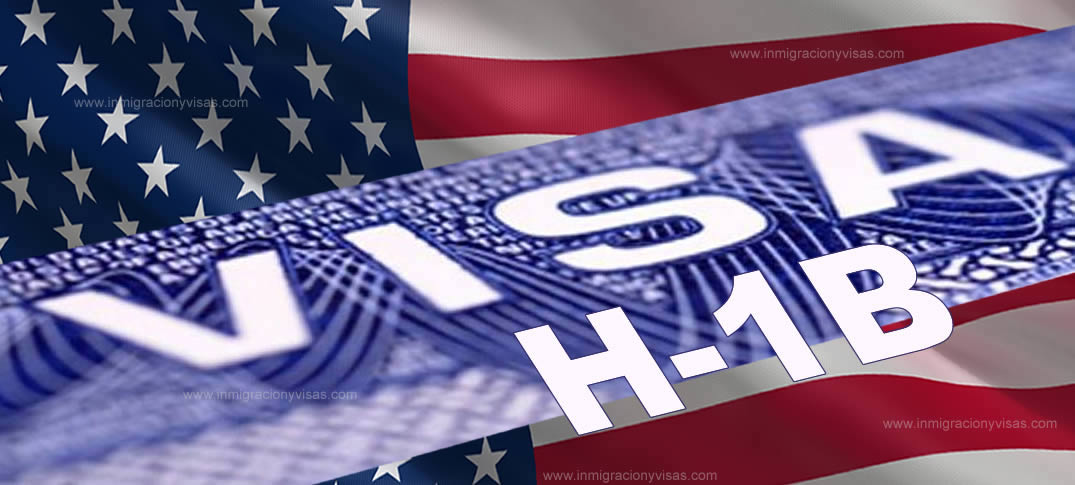The Department of Homeland Security (DHS) announced on December 17 a new final rule that will streamline the process so that American companies that need temporary workers can fill those vacancies more quickly and efficiently. This measure seeks to facilitate access to temporary labor, benefiting companies and contributing to economic growth.
The new rule will improve and modernize the H-2 visa programs for temporary nonimmigrant workers. These programs allow U.S. employers who cannot find qualified workers in the country to hire foreign nationals to fill positions in agricultural and non-agricultural sectors. The reform aims to streamline the application process and improve the availability of temporary labor to meet the needs of the U.S. labor market.
Additionally, the new rule strengthens protections for workers, imposing sanctions on companies that charge illegal fees or violate labor laws. It also grants greater flexibility to workers with H-2A (agricultural) and H-2B (non-agricultural) visas, improving their working conditions and ensuring that they receive fairer treatment. This measure seeks to guarantee that both employers and workers comply with the regulations and conditions stipulated in temporary visa programs.
Secretary of Homeland Security Alejandro N. Mayorkas said, “H-2 programs strengthen our nation’s economy by meeting the seasonal labor needs of employers who rely on temporary workers.” He added, “By modernizing and improving this program, we increase protections for our nation’s workers, help maintain economic growth, and better meet the labor demands of American businesses.”
While USCIS Director Ur M. Jaddou said, “Our H-2 visa programs are critical to the American economy. Many employers across the country need additional temporary or seasonal labor, whether on our farms or in other industries,” “This final rule allows us to be more efficient in helping American employers fill temporary or seasonal positions, while also helping to ensure that we protect both American workers and the noncitizen workers who help fuel our economy.”
The rule provision changes cover three areas:
1. Improve Program Efficiency
The new rule eliminates the need for USCIS to approve H-2 visa petitions only for citizens of countries previously designated as eligible. This means that the Department of Homeland Security will no longer be required to annually publish a list of these countries, streamlining and making the process more flexible for employers seeking to hire temporary foreign workers under H-2 programs.
This simplifies the rules around the effect of a departure from the United States during a minimum three-year period of stay for workers participating in H-2 programs by eliminating the “uninterrupted” stay provisions and instead providing a uniform period of absence from the United States (of at least 60 days) required to restart the three-year count.
The new rule simplifies the conditions for H-2 workers who leave the United States during their three-year stay. Previously, a period of "uninterrupted stay" was required. Now, a uniform period of absence from the United States (of at least 60 days) is required to restart the three-year count.
2. Strengthen Worker Protections and Increase Program Integrity
This final rule revises and clarifies the provisions related to prohibited fees to strengthen existing prohibitions and consequences for charging certain fees to H-2A and H-2B workers, including new consequences for companies that charge these fees and for denying their H-2B petitions in certain circumstances.
The final rule also establishes certain mandatory and discretionary grounds for denying an H-2A or H-2B petition from petitioners who have been found to have committed certain labor or other legal violations, or have misused the H-2 programs.
Under the rule, H-2A and H-2B workers now have “whistleblower protections” comparable to the protections currently offered to H-1B workers.
The final rule clarifies the requirements for petitioners and employers to fully consent to and comply with USCIS compliance evaluations and inspections. It also clarifies USCIS's authority to deny or revoke approval of a petition if USCIS is unable to verify information related to the petition, including when such inability is due to a petitioner's or employer's failure to cooperate during a site visit or other compliance evaluation.
3. Improve Worker Flexibility
The final rule harmonizes and adds a new grace period. Specifically:
- Adds a new grace period of up to 60 days after a layoff, during which the H-2 worker may seek new skilled employment or prepare to depart the United States without violating his or her H-2 nonimmigrant status or accruing unlawful presence;
- Extends the existing 30-day grace period following certain revocations to a period of up to 60 days and expands it to cover all revocations of H-2 petition approvals; and
- It states that both H-2A and H-2B workers may be considered to maintain their respective H-2 status for a period of up to 10 days before the validity period of the petition and up to 30 days after the expiration of said period.
The final rule allows for employment portability, meaning that eligible H-2 nonimmigrants can immediately begin working with a new employer after a petition for extension of stay is properly filed, rather than requiring them to wait until the petition is approved.
The final rule clarifies that H-2 workers will not be deemed to have failed to maintain their H-2 status, and H-2 petitions filed on their behalf will not be denied solely for taking certain steps to become lawful permanent residents of the United States.
Important: As of January 17, the new Form I-129, Petition for Nonimmigrant Worker must be submitted, which you can download at the following link new version of Form I-129 2025 you can also download the Instructions for Form I-129

